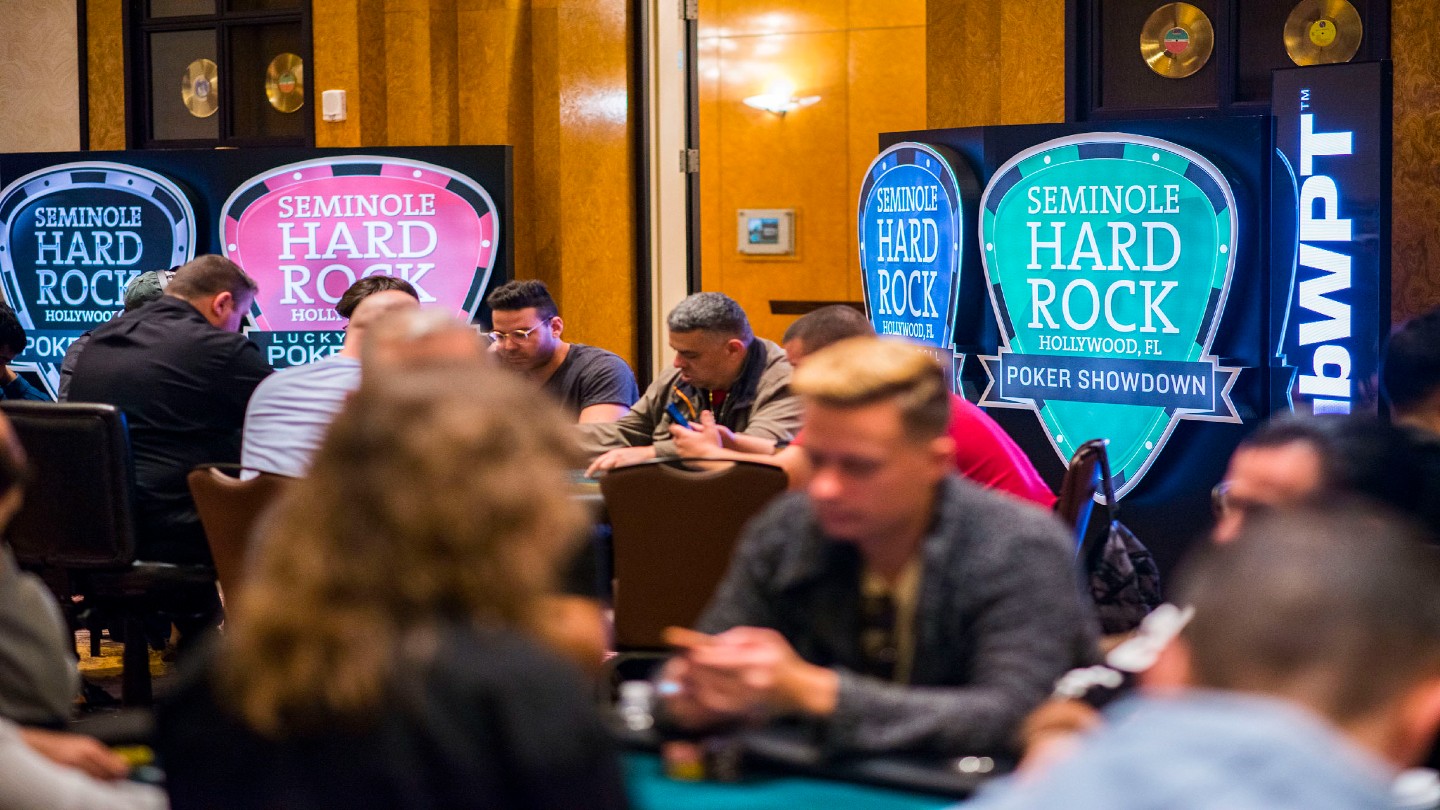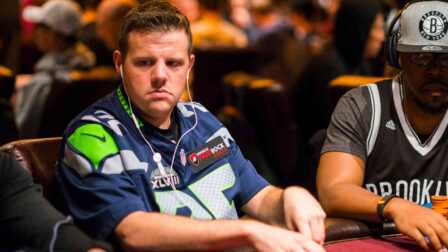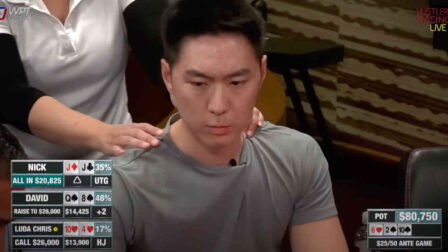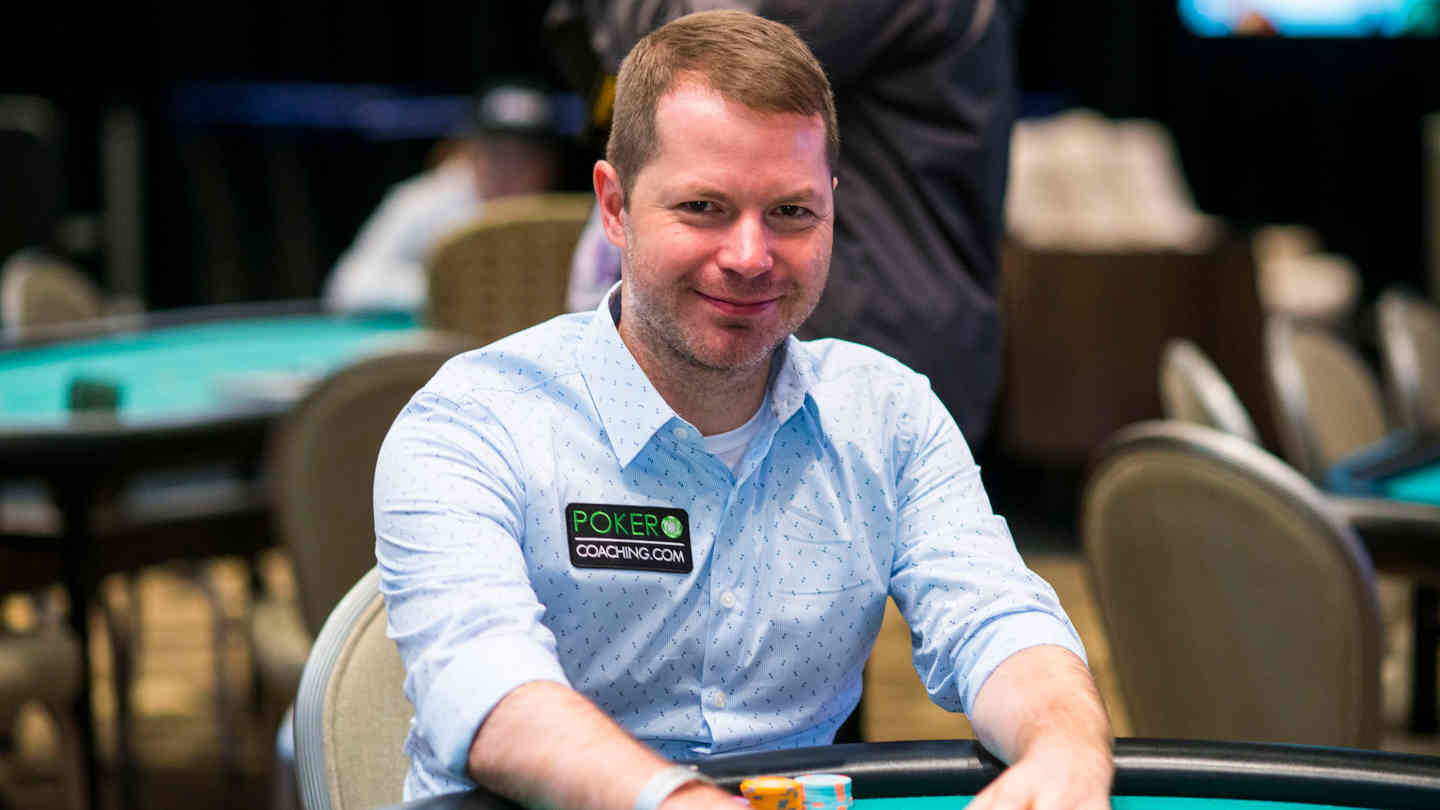Playing Multiway Pots After the Flop – Expert Tips by Fedor Holz

2 minutes
Last Updated: November 5, 2023
If you want to become a top player in your games, make sure to learn from the best and check Pokercode.
…
Playing against multiple opponents after the flop is much different from going against just one player, and these situations require significant strategic adjustments.
The biggest mistake I've noticed players make in multi-way pots is sticking to the same game plan regardless of the number of players going to the flop.
They look at their hands from the absolute strength perspective and don't pay attention to anything else.
What these players don't understand is how hand strengths change in multi-way situations, which causes them to often overplay their draws.
Understanding the Equity Distribution in Multiway Pots
When playing against multiple opponents, we have to think about all of their strong hands when betting or raising for value. We need more equity to bet in these scenarios.
In the same vein, we won't have nearly as many bluffs.
We have fewer value hands and fewer bluffs, so our overall betting frequency should be much lower in multi-way postflop scenarios.
When looking at all your draws, you should make sure you're not betting and raising with them too often, as your betting frequencies are quite low. It's completely fine to take free cards with your draws and try to realize your equity.
Folding More Hands
Another important adjustment in multi-way pots is folding much more often. Since betting ranges are generally stronger in these situations, you want to fold more weak hands as early as possible.
On top of considering your own hand strength, you should always think about players left to act behind you.
The more aggressive they are, the more we want to fold our weak hands.
When picking hands to continue with, go for the ones that have clean outs. You should avoid hands that can easily be dominated and instead go for the ones that have the nut potential, such as the nut straight and flush draws.
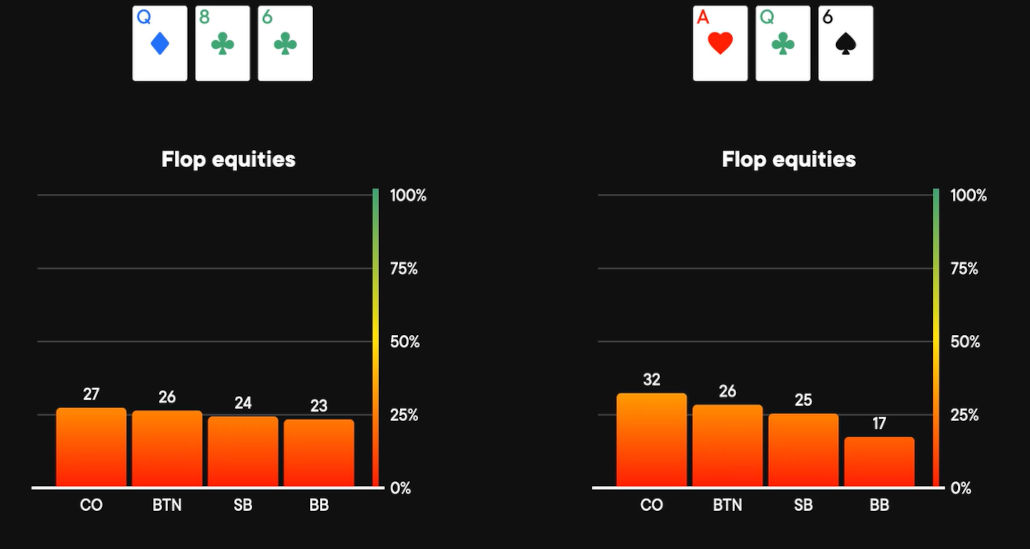
Think about the types of boards that hit the raiser's range better and the types of textures that are better for the defending player. Based on these conclusions, you can adjust your strategy further.
Multi-way Pots Exploits
The most important thing to think about when looking to exploit your weaker opponents is how their range is constructed. Most players have static continuing ranges.
Against these players, you can use exploitative bet sizes to extract the maximum value.
For example, if I believe that someone is never folding in a certain scenario, I will increase the bet size with stronger hands and cut out some of the weakest hands from my betting range entirely.
By betting big with the strongest part of your range and making smaller bets with hands that you want to protect but are willing to give up facing resistance, you'll significantly improve your profitability in multi-way situations, at least against weaker opponents.
That said, you should always make sure you understand the underlying theory and have the right starting point. In multi-way pots, your starting point is that you want to check a lot (given everything discussed earlier), but then you can make adjustments based on the situation and the type of opponent you are up against.








